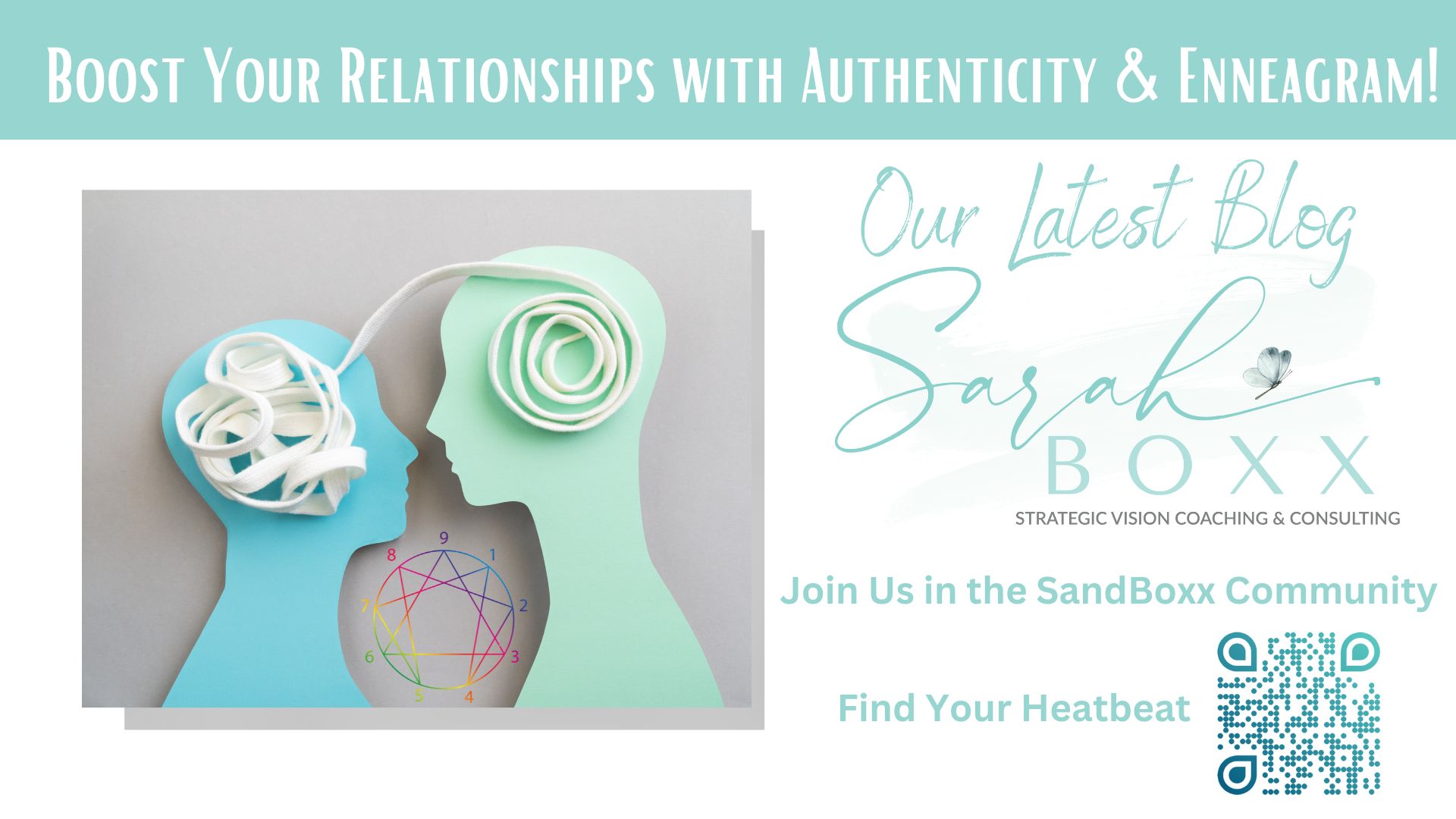Only a few weeks left now until we get our “fresh start” in 2019. Last week we discussed the idea of our values, beliefs, and behaviors intersecting and realized that they are all inter-reliant. They must align in order for us to achieve a sense of fulfillment and to experience the greatest success possible.
So, where to start?
“Begin at the beginning,” the King said, very gravely, “and go on till you come to the end: then stop.” ― Lewis Carroll, Alice in Wonderland
And, what is the beginning? Knowing and understanding what our personal values are.
Whether you need to establish values for the first time, or you want to reassess, align and prioritize existing values, the process is similar. You want to establish what is important to you and how your values are reflected in your daily experiences.
If you’ve never taken the time to articulate that before, here are some questions that can help:
- When did you feel the happiest, most content, and fulfilled with your life? (What kinds of friends, family life, activities, work, experiences did you have? What kind of environment surrounded you?)
- When did you feel the most successful and confident in yourself? (What were you doing or creating? Who were you working with, if anyone?)
- If you were to receive an award recognizing you for your achievements in work or personal life, what would the award acknowledge? (What did you do? What did you overcome? How did you behave? How did you make decisions?)
Simply brainstorm a list of words and ideas for each question. Don’t get analytical just yet (that comes when you need to prioritize). Keep writing until you feel each list is complete. Walk away from the list for a few hours or overnight, then give it a second look.
TIP: Write your ideas on paper. Notebook paper, flip charts, it really doesn’t matter as long as you write it out where you can easily see and add to your ideas. This will make it easier for you as you move through the remaining parts of the exercise.
Once you are done its time to start refining so you can prioritize.
First, look for similar words under each question. The words may not be the same, but their meanings may be similar. Circle these, collapse any that are similar into the “best fit” word, and create a new list.
The next and final steps are to:
- Prioritize the list into five or fewer Just like with goals, if you have more than five, you don’t have any because the list is too long to be useful as a guide for life’s choices and decisions. Take the list and circle the top ten value words. Really look at them and what they mean to you. How do they show up in your life? Are they the right words? Are some of them similar? After making sure the 10 words you’ve listed are a fit for you and your values, get ruthless. Remove five of them. (It’s hard, we get it, but really streamline your choices to create the best guide for success.) Keep only the five that are “non-negotiable” and must be maintained to serve as your guideposts. (Hang onto the work you’ve done so far… you will want to revisit it in the future.)
- Take them for a test-drive. By this time, you might be feeling a bit exhausted by this work and what it asks of you. You may be ready to declare, “These are my five core values.” You might just want to get on with things. We get it. But… not quite yet. Write your words out on a piece of paper, along with a sentence about what the value means or how it is exemplified in your life. Then go back to your normal routine for the next week and look for the places where your values influence your decisions, actions, words, thoughts, and behaviors. See if the values you chose are a fit, or if any need to be adjusted (that’s where your previous work might come in handy.)
At this point, you will have five (or fewer) values to guide inform your thoughts, behaviors, and actions. These values can aid you in decision making, keep your sense of integrity, and heighten confidence and clarity.
Now that you are clear on your values, it is easier to know if where you are and what you are doing aligns. We’ll dive into that next week when we talk about behaviors.
“When values, thoughts, feelings, and actions are in alignment, a person becomes focused and character is strengthened.” – John C. Maxwell
Tip: Still not sure where to start or know what might constitute a value? Check out these two great resources.
James Clear, author of Atomic Habits, creator of the Habits Academy, and photographer in more than 30 countries – offers his list of Core Values (personal values) commonly used by leadership institutes.
Dr. Brené Brown, a research professor at the University of Houston, and author of five #1 New York Times bestsellers: The Gifts of Imperfection, Daring Greatly, Rising Strong, Braving the Wilderness, and Dare to Lead offers a longer list in her Dare to Lead List of Values download.
As we wrap this post on the intersection of values, behaviors, and beliefs, I leave you with a quote from Mahatma Gandhi
If you need an exercise to calm your thoughts and get you ready for the core values work, download a free coloring page HERE.
Or, if you want to get the entire book of 30 images, you can purchase it here: Center, Focus and Achieve. Either way, coloring is one way to turn down the mental chatter and get your mind and body ready for introspection.
Make sure you have defined your values before next week when we will discuss behaviors and how they are affected and shaped by our values. Until then, be more aware, more intentional in realizing how your values, beliefs, and behaviors intersect in your daily life.




